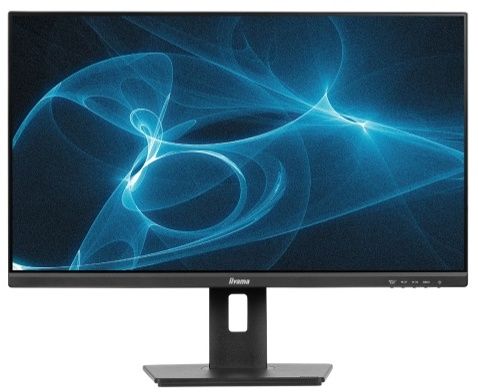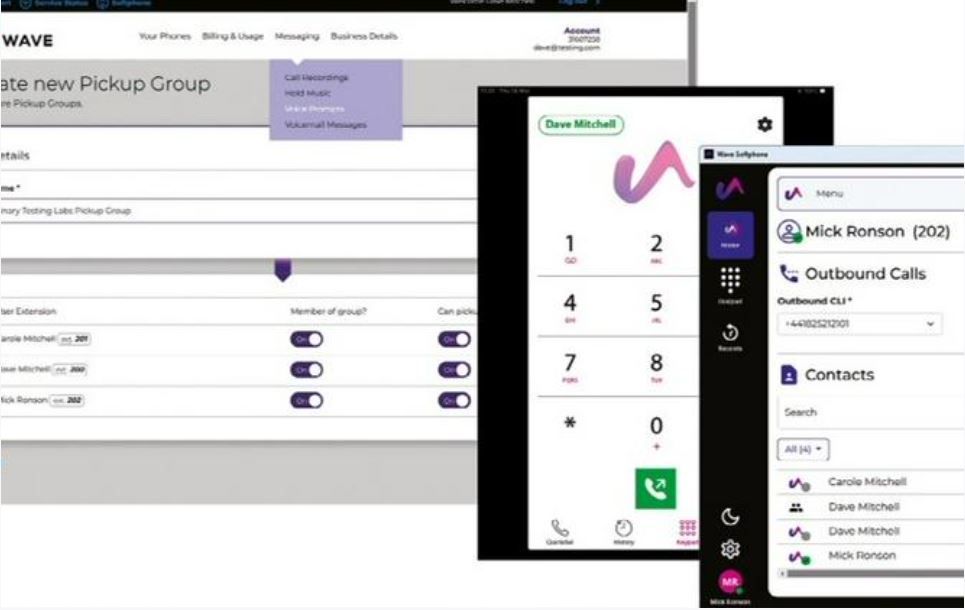It seemed inevitable that the Linux kernel sources would expand beyond 40 million lines early this year. Linux 6.13 was released early in January 2025, with 39,819,522 lines, and with the recent release of Linux 6.14 rc1 sources the figure has ballooned to 40,063,856 lines, notes Germany's Heise Online (machine translated). This 40 million line milestone is double the line count of the Linux kernel sources in 2015.

The Linux kernel sources grow pretty fast, at around four hundred thousand lines of code every two months, and consist of not just code but comments, documentation, and even blank lines for structure/readability. It is also worth noting that much of the bulk of the kernel sources may be irrelevant to any particular computer or user.
A case in point about 'bulk' in the sources is provided by the code for various processor architectures, which weighs in at around 4.5 million lines. However, if your system just needs the x86 processor code (most PCs) the compiler will ignore much of that. The x86-specific source, for example, is less than half a million lines. Furthermore, the compiler should target your chosen x86 chip's architecture, thus sidestepping even more code within that subset. What is true for processors is also true for other key component drivers in the Linux kernel source.
Even if you grab an off-the-shelf distribution, though, many drivers are compiled as modules and won't load without the hardware they are designed for being present. One particularly large example is the source files from AMD. According to Heise's pondering over the source files, AMD's Radeon driver, documentation, and so on weigh in at around 5 million lines.
Considering the above, some will say the Linux kernel sources line count is an irrelevance. Yet others will have an urge to prune the code and any associated bulk. However, the tug-o-war between these factions favors the increased bloat side, with the width, breadth, and depth of hardware and software growing inexorably as time rolls on.
Speaking of Linux 6.14 rc1, the latest version comes with some nice optimizations and additions that may be of interest to readers who waiting for the year of Linux on the sidelines. For example, Linux 6.14 rc1 lets desktop vendors configure actions by recognizing the new Copilot key, it adds more game controller support to the XPad driver, it supports new audio hardware, it significantly improves suspend and resume times on some systems, and it supports many more touch screens using Intel hardware.

 18 hours ago
6
18 hours ago
6









 English (US) ·
English (US) ·